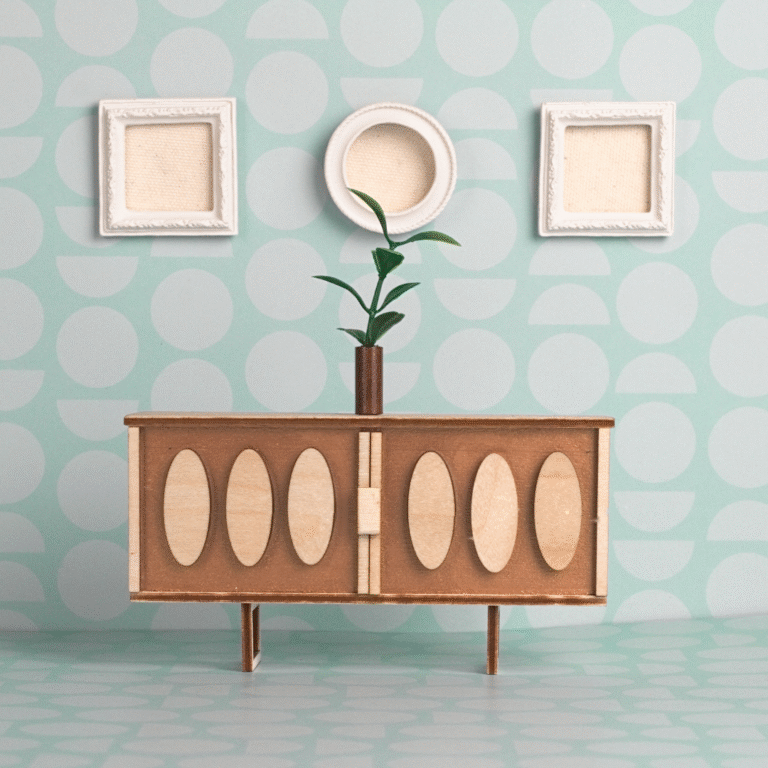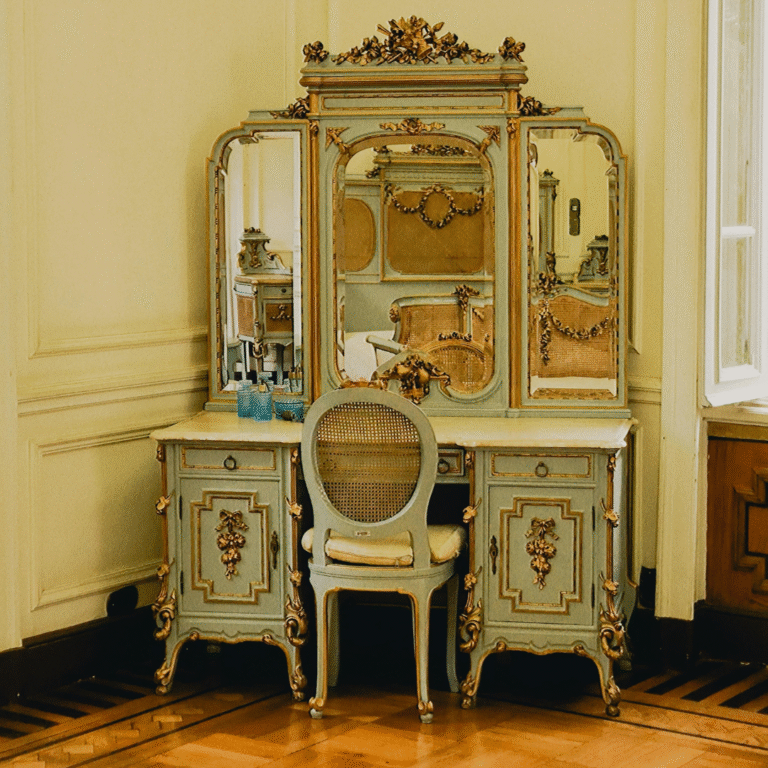Donec efficitur, ligula ut lacinia
viverra, lorem lacus.

How to Tell Your Home’s Story Through Design
Every home has a narrative waiting to be uncovered, and design serves as the most powerful tool for expressing that story. By carefully selecting colours, materials, and layout, homeowners can create environments that reflect their experiences and values. It is through these design choices that a house transforms into a personal haven infused with meaning.
To successfully tell a home’s story, one must consider the elements that resonate most with their identity. This might include heirloom furniture that evokes cherished memories or artwork that portrays significant life events. Each aspect of the design can highlight unique aspects of a homeowner’s journey, creating a cohesive and engaging atmosphere.
Emphasising authenticity and personal connection is key in this process. The design should not only appeal aesthetically but also evoke emotions and connections to the past, fostering a deeper relationship with the space. Through careful architectural design and interior choices, a building can capture timeless elegance or showcase unique, unconventional elements that evoke emotion and character. In this regard, guidance from experts like McAlister Realty can help turn these design visions into a tangible reality, ensuring the space truly can reflect the owner’s personality and story. By thoughtfully curating their environment, individuals can showcase a narrative that is distinctly their own.
Understanding Storytelling in Home Design
Storytelling in home design creates a cohesive narrative that reflects individual experiences and cultural backgrounds. It engages emotions and memories, resulting in spaces that resonate on a personal level.
From Vision to Reality: The Essential Construction Steps
Architecture serves as a vessel for storytelling, allowing structures to convey narratives through their forms and functions. Each element, from materials to layout, can tell a story. Designers often employ architectural styles that evoke specific feelings or memories. A modern minimalist home can reflect simplicity and clarity, whereas a rustic cottage may invoke nostalgia and warmth. Ultimately, effective storytelling engages inhabitants and visitors alike, enriching their experience within the space.
Turning an architectural vision into reality depends on many critical construction steps that ensure the building is safe, stable, and true to the design. One important part of this process involves FRP Works, which can guide and stabilize the structure as it takes shape. Just as important is the early stage of site preparation, where the land is cleared, leveled, and made ready for building essentials like plumbing and electricity.
Connecting Personal History to Design Decisions
Personal history significantly influences design decisions, making a home uniquely reflective of its occupants. Individuals may draw inspiration from childhood homes, family heirlooms, or travel experiences. Incorporating elements such as colour schemes, furniture styles, and decorative objects can express these personal narratives.
For example, a homeowner might choose a specific shade of blue to recall seaside vacations or utilise patterned textiles that remind them of family gatherings. A home design consultant can help homeowners bridge the gap between functional and personal, creating floorplans and architecture that feels real to them. By embedding personal stories into design choices, they create an atmosphere that feels authentic and meaningful. This connection fosters a deeper bond with the home.
Cultural and Country Influences on Home Narratives
Cultural backgrounds and national influences profoundly shape how homes are designed and interpreted. Each culture has distinctive architectural characteristics that embody its history, climate, and social values. For instance, Japanese homes often prioritise harmony with nature, featuring sliding doors that open onto gardens.
Country influences also affect aesthetics and functionality. In Mediterranean regions, homes may have bright colours and outdoor living spaces to take advantage of the climate. Such elements not only reflect cultural identity but also enhance the narrative woven into the design, inviting occupants to experience a sense of belonging.
Crafting Your Home’s State and Atmosphere
Creating a home that reflects its occupants involves careful consideration of individual states and the elements that contribute to the desired atmosphere. Thoughtful choices in interior design can transform a space, making it a true representation of its inhabitants.
Reflecting Individual State Through Interior Design
Interior design should embody the personality and emotions of the individuals living in a home. A creative approach starts with colour selection.
- Warm shades like reds and yellows can evoke comfort and energy.
- Cool tones such as blues and greens promote calm and relaxation.
Furniture style also plays a crucial role. For instance, sleek, modern lines communicate sophistication, while vintage pieces might suggest nostalgia.
Layering textures is another effective method. Mixing smooth fabrics with rougher elements can create a visual dialogue that reflects complexity in personal identity.
Inclusions like personal art or family photos deepen connections, making a house feel uniquely its own.
Selecting Elements to Communicate Mood and Feel
The choice of elements can significantly influence the mood of a space. Lighting, for example, can dramatically alter ambience.
- Soft lighting creates an inviting atmosphere, perfect for relaxation.
- Bright, focused lights energise spaces, suitable for work areas.
Furniture arrangement also affects flow and interaction. An open layout encourages socialising, while more defined, cosy settings can facilitate intimate gatherings.
Incorporating natural elements such as plants adds life and vibrancy.
Textures, from plush cushions to polished surfaces, contribute to tactile warmth or coolness, impacting how spaces feel.
Accessories like rugs, curtains, and artwork can tie elements together, enhancing the overarching mood while allowing personalisation and storytelling.
Implementing Design Decisions That Tell Your Story
Crafting a home narrative requires intentional design choices that resonate with personal values and experiences. The interplay of materials, personal touches, and architectural elements plays a crucial role in reflecting individual stories.
Choosing Materials and Finishes with Purpose
Selecting the right materials sets the foundation for storytelling through design. Each material can evoke specific emotions and memories. For instance, reclaimed wood carries a rustic charm and hints at history, while sleek metal offers a modern touch.
Key material considerations:
- Sustainable options: Eco-friendly materials reflect a commitment to the environment.
- Heritage: Using local materials can connect to regional identity.
- Textures: Mixing textures, such as soft fabrics with hard surfaces, adds depth and interest.
Incorporating finishes that derive from personal history, such as tiles from a memorable vacation, enhances the narrative. The choices ought to align with the overall vision, creating coherence throughout the home.
Personalising Spaces to Reflect Identity
Personalisation is essential in establishing a unique narrative within a home. Thoughtfully chosen decor items and furnishings can provide insight into the owner’s interests. Family heirlooms, art pieces, or travel memorabilia can serve as conversation starters.
Tips for personalisation:
- Gallery walls: Displaying art and photographs can showcase personal milestones.
- Colour schemes: Choosing colours that evoke specific memories enhances emotional connection.
- Functional pieces: Selecting furniture that fits lifestyle needs while being stylish can blend practicality with personality.
It’s vital for these elements to harmonise with the home’s design while offering glimpses into experiences and values, thus enriching the overall story.
Integrating Architectural Features as Focal Points
Architectural features can function as powerful storytelling devices. Elements such as arches, beams, or unique layouts add character and context to a home. These features can be accentuated through strategic design decisions, bringing attention to their significance.
Ways to highlight architectural features:
- Lighting: Use focused lighting to draw attention to distinctive elements, such as high ceilings or mouldings.
- Open spaces: Maintaining open areas can create flow and showcase architectural beauty.
- Contrasting materials: Using different materials can frame architectural details, enhancing their visual impact.
By thoughtfully integrating architectural aspects, individuals can create environments that narrate their stories, making spaces feel both personal and inviting.



